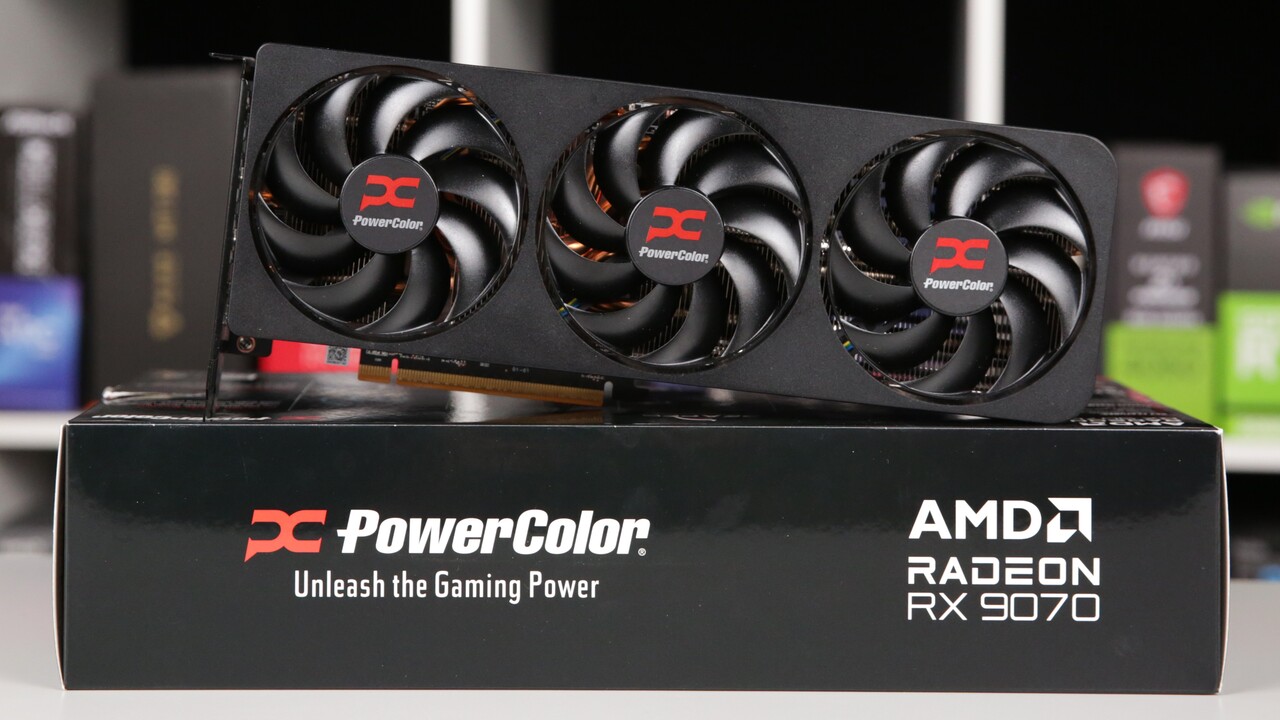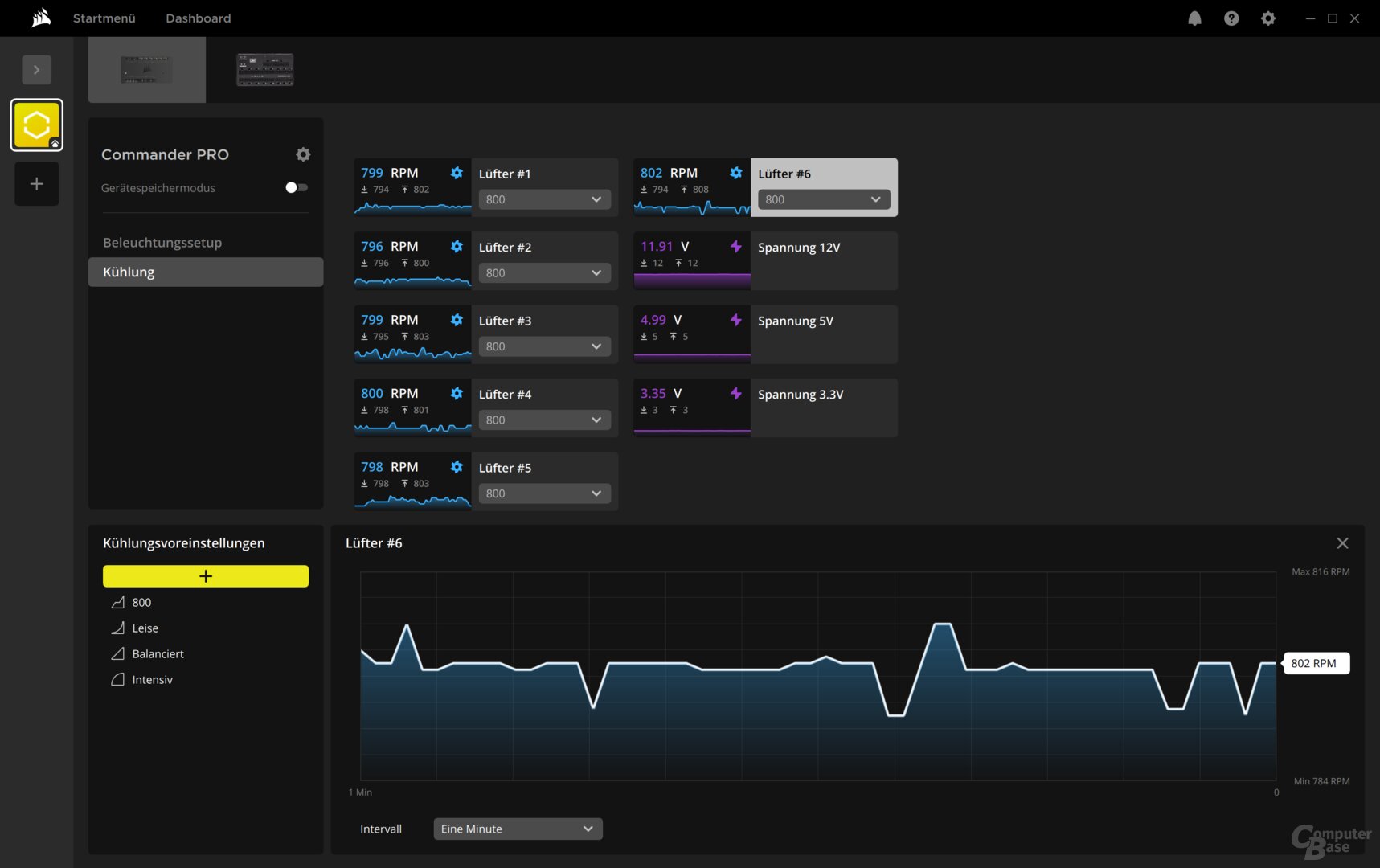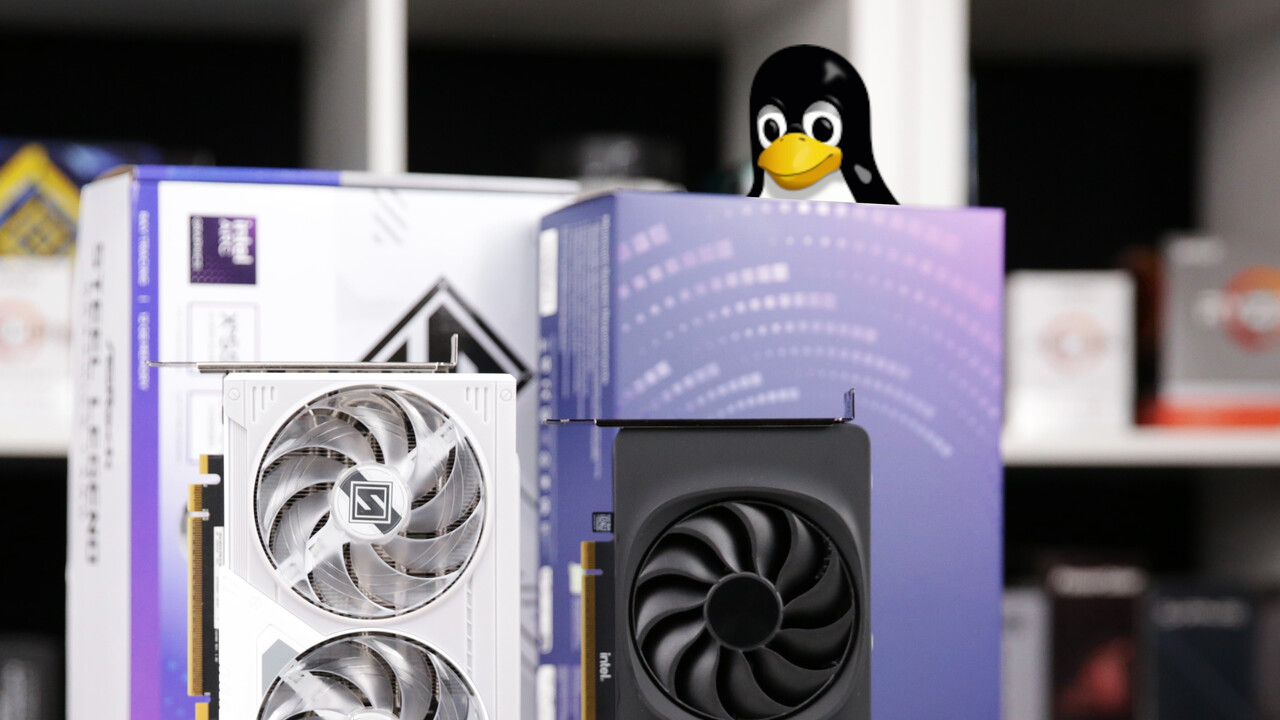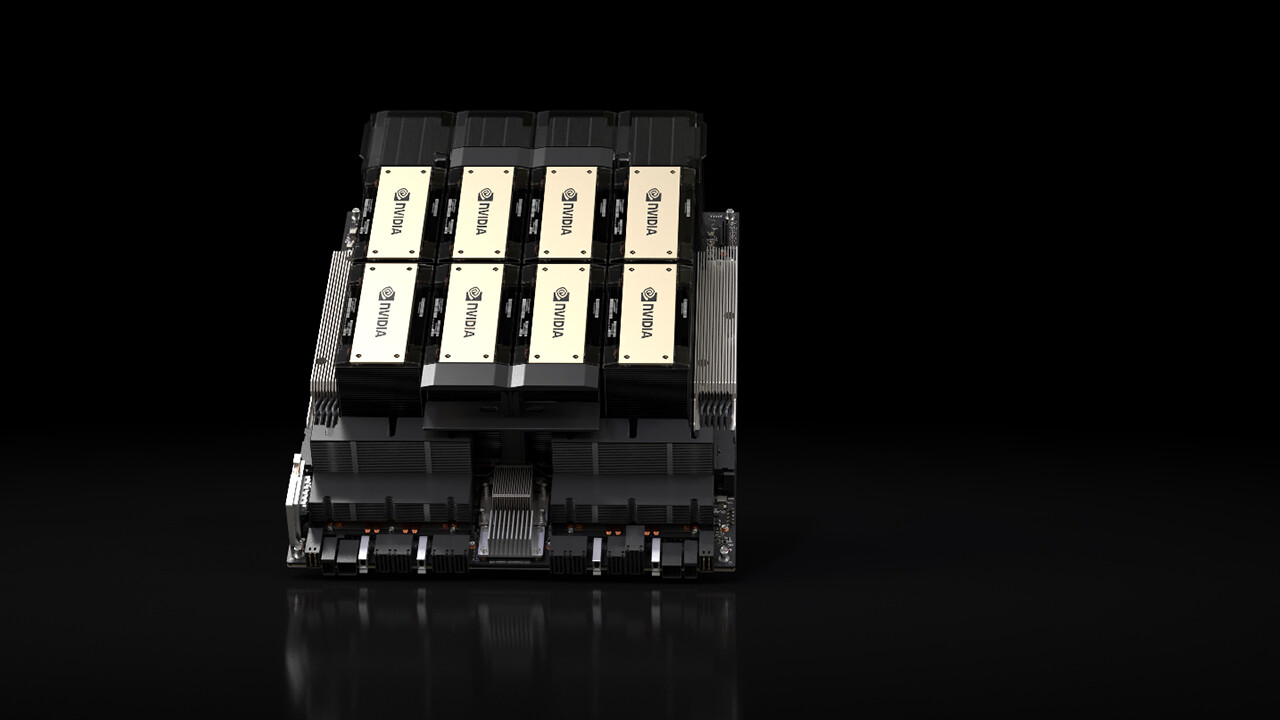RADEON RX 9070 REAPER Reviewed: PowerColors Entry-Level Custom Design 27 Reviews Are So Good

Techastuce has already reviewed five custom designs of the Radeon RX 9070 (review), including the PowerColor Hellhound. Now there’s a sixth custom design with the PowerColor Reaper. The Reaper is a PowerColors entry-level design. The review clarifies what it’s capable of, with a focus on volume.
Contents 1 So Good Is PowerColors Entry-Level PowerColor Radeon RX 9070 Custom Design
PowerColor Radeon RX 9070 Reaper IM Review
PowerColor offers the Radeon RX 9070 as “Red Devil,” “Hellhound,” and “Reaper.” After the PowerColor Radeon RX 9070 Hellhound (review), Techastuce now has the Radeon RX 9070 Reaper in its review.
The Reaper Design is the entry-level design. How much cheaper the Hellhound Design is officially is unknown – the manufacturer doesn’t call for an EIA. As for market prices, this question also remains unanswered; the prices of PowerColor models fluctuate too much given their constant availability. From the official entry-level UVP (AMD) of 629 euros, the model is usually at least 100 euros.
Availability and price: AMD Radeon RX 9070 XT and RX 9070 can be purchased here.
Reaper vs. Hellhound: The differences
Like the Hellhound, the Reaper is only two slots thick, but even shorter and narrower. The weight drops from over 200 grams to just 817 grams. The three fans have a diameter of only 90 mm instead of 100 mm. The use of Honeywell PTM7950 phase change material (details) remains.
Reaper vs. Hellhound: The small cooling system with 90 mm of loft instead of 100 mm
There’s no lighting and no BIOS selection. The wattage and TDP correspond to the official reference information, and thus to what’s offered in the Silent Hell BIOS, or even with the Sapphire Pulse – the Reaper’s direct rival. Modell BIOS GPU-Boost TDP (telemetry) TDP (Gemessen) Asus TUF Gaming Performance 2,650 MHz 237 W (-30% / + 10%) 235 W Quiet 2,330 MHz PowerColor Hellhound OC 2,590 MHz 230 W (-30% / + 10%) 227 W Silent 2,520 MHz 220 W (-30% / 10%) W PowerColor Reaper default 2.520 MHz 220 W (-30% / + 10%) 220 W SAPHIRE Pulse default 2.520 MHz 219 W (-30% / + 10%) 220 W SAPHIRE PURE PURE DEFAULT 2.700 MHz 245 W (-30% / + 10%) 247 W xfx Quicksilver OC left 2,700 MHz 245 W (-30% / 10% WAT-AMD References – 2,520 MHz 220 W –
The references and measured values on the next page clarify how the Reaper design compares internally to the Hellhound and Sapphire Pulse.
Key technical data in comparison
Merkmal Asus TUF Gaming PowerColor Hellhound PowerColor Reaper Sapphire Pulse Sapphire Pure XFX Mercury Card PCB-TOP ASUS POWERCOLOR SAPPHIRE SAPPHIRE XFX Length, Width 33.0 cm, 14.2 cm 32.7 cm, 12.8 cm 29.5 cm, 11.0 cm 22.5 cm, 12.8 cm 29.5 cm, 11.0 cm 28.5 cm, 12 cm 32.2 cm, 13.4 cm 34.8, 14.3 cm Power Supply 2 × 8-pin Cooler Design Asus Tuf,
3.2 Slot PowerColor Hellhound,
2.0 Slot PowerColor Reaper,
2.0 Slot Sapphire Pulse,
2.5 Slot Pure Sapphire
3.0 Slot XFX Quicksilver,
3.5 Heatsink Honeywell PTM7950
Copper Baseplate
Pipes
Alu-Radiator RGB Page Backplate (Eye)
Fin (Stripes)
(Turquoise) – Page (White) Weight 1076 g 817 g 1.227 g 1.528 g Fan 3 × 100 mm (axial) 3 × 100 mm (axial) 3 × 90 mm (axial) 3 × 100 mm (axial) 3 × 95 mm (axial) Fan (2d) gpu-boost (bios 1/2) 2590/2520 MHz 2.520 MHz 2700 MHz 2700/2700 MHz Memory 20 Gbit TDP +10% Connections 3 × DisplayPort 2.1b UHBR13.5
1 × HDMI 2.1b 2 × DisplayPort 2.1b UHBR13.5
2 × HDMI 2.1b 3 × DisplayPort 2.1b UHBR13.5
1 × HDMI 2.1b RRP 809 Euros? Euro 629 Euros 739 Euros 709 Euros
Test System and Test Methodology
In the departure from the known 2025 GPU Test System, a new system has been configured for testing custom designs. During these busy weeks, it may be impossible to launch reviews of a new class, and testing of custom designs may be hampered. Custom Design Tests in Another Case
An AMD Ryzen 7 9800x3d (test) with DDR5-6000 is also in the Custom Design test system, but the case is completely different: instead of the Fractal Design Torrent, the Fractal Design Meshify 2 is used with six fans (two in the front, three in the lid, and one in the rear (all blown). All case fans are operated at a constant 800 rpm, which is barely noticeable. Control is via a Corsair Commander Pro or Corsair ICUE (download). The six housing fans operate at 800 rpm, the CPU cooler fan at 1,000 rpm.
The six housing fans operate at 800 rpm, the CPU cooler fan at 1,000 rpm.
The CPU cooler fan, a Noctua NH-U12S Redux, spins at 1,000 revolutions per minute.
 Both available BIOS versions are tested in the test. To this end, the graphics card (as in the standard test) is run in Metro Exodus Enhanced Edition in UHD for maximum detail and with the case closed. A benchmark is performed after 5 minutes. The benchmark result and the measured values for temperatures, speeds, clock rates, and power consumption are then recorded.
Both available BIOS versions are tested in the test. To this end, the graphics card (as in the standard test) is run in Metro Exodus Enhanced Edition in UHD for maximum detail and with the case closed. A benchmark is performed after 5 minutes. The benchmark result and the measured values for temperatures, speeds, clock rates, and power consumption are then recorded.
Page 1/3 Next Page
Benchmarks and Test Results Topics: AMD AMD RDNA Graphics Cards PowerColor Radeon RDNA 4 RX 9070 Image Overview

An engineer by training, Alexandre shares his knowledge on GPU performance for gaming and creation.


